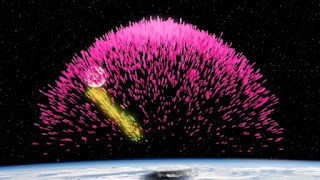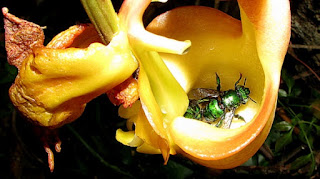Secular Geologist Getting Closer to the Truth

For many years, the secular science industry has relied on a uniformitarian (slow and gradual, the present is the key to the past) paradigm. After all, Darwin requires deep time so he can work his evolutionary miracles and secular geologists obediently provide it. In many cases, the narrative take priority over the evidence and proper scientific investigation. Fortunately for science, this is not always the case. Occasionally, scientists are willing to question the prevailing paradigm, which would be good for secular geology. Royal Gorge Bridge near Cañon City, US National Weather Service (usage does not imply endorsement of site contents) Sometimes while doing research, scientists are prompted to think about how their existing framework needs serious retooling. One scientist found evidence of tremendous flooding in many areas. He suggested prolonged floods, but Royal Gorge and the Rocky Mountains do not cooperate with that. He had other ideas that didn't quite fit. He's getti...








